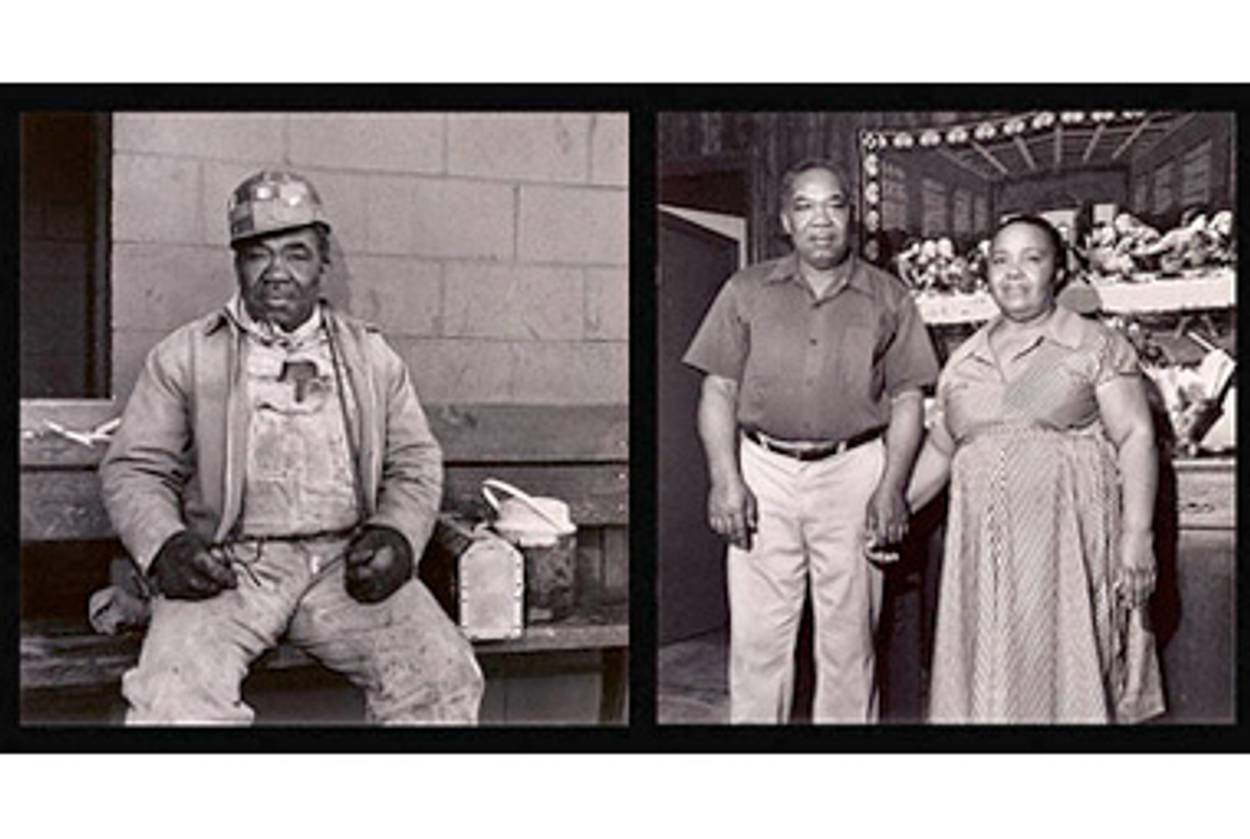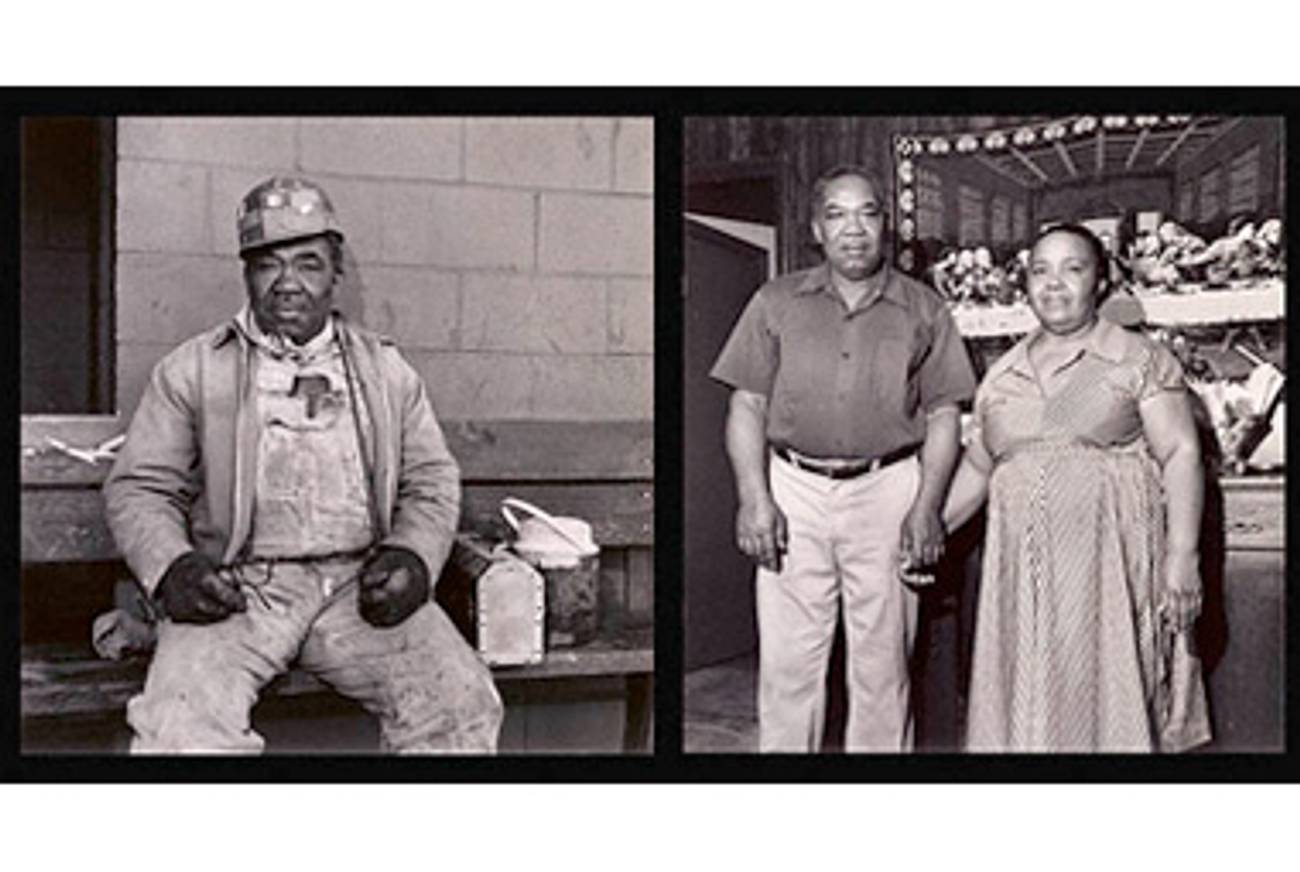Rogovin, Socially Conscious Photographer, Dies
Buffalo’s poor were his subject and muse




Legendary social documentary photographer Milton Rogovin died yesterday at 101. Born in Brooklyn in 1909 to Lithuanian Jewish immigrants and raised during the Depression, his impoverished childhood (the family dry goods store went belly up) left a deep impression. As was often the case with lefty activist Jewish photographers of his generation, Rogovin turned to the camera in order to draw attention to the problems of society, highlighting the struggle of daily toil in modest, often arduous circumstances. His passion for workers’ rights and his belief in the underlying human dignity of all people caught the eye of the House Un-American Activities Committee. Army service during World War II notwithstanding, he was called before it and refused to testify; he was summarily discredited in 1952 (It did not help that he was a poet.) Labeled Buffalo’s “Number One Red,” he was ostracized even as he continued to champion the rights of the unemployed, marginalized, and urban poor, remaining involved in left-wing causes while he trained as a photographer.
In an era of white (and, yes, Jewish) flight, he trawled Buffalo’s inner city to document the ordinary lives of working-class people. One of his most ambitious series, “Lower West Side” (1972-77), “Lower West Side Revisited” (1984-1986), “Lower West Side Triptychs” (1972-94) and “Lower West Side Quartets” (1972-2002), documented more than a hundred families in a compact and ethnically diverse section of his hometown, in a series of sequential portraits made over 30 years (the New York Times‘s Lens blog featured him in 2009). He completed the project in 2003, at the age of 94. Throughout his life, Rogovin focused his camera on the inequities of society by drawing attention to those he referred to as the “forgotten ones.” Here’s to remembering.
Milton Rogovin, Photographer, Dies at 101 [NYT]
Related: Showcase: Milton Rogovin [Lens]
Maya Benton is a curator at the International Center of Photography.